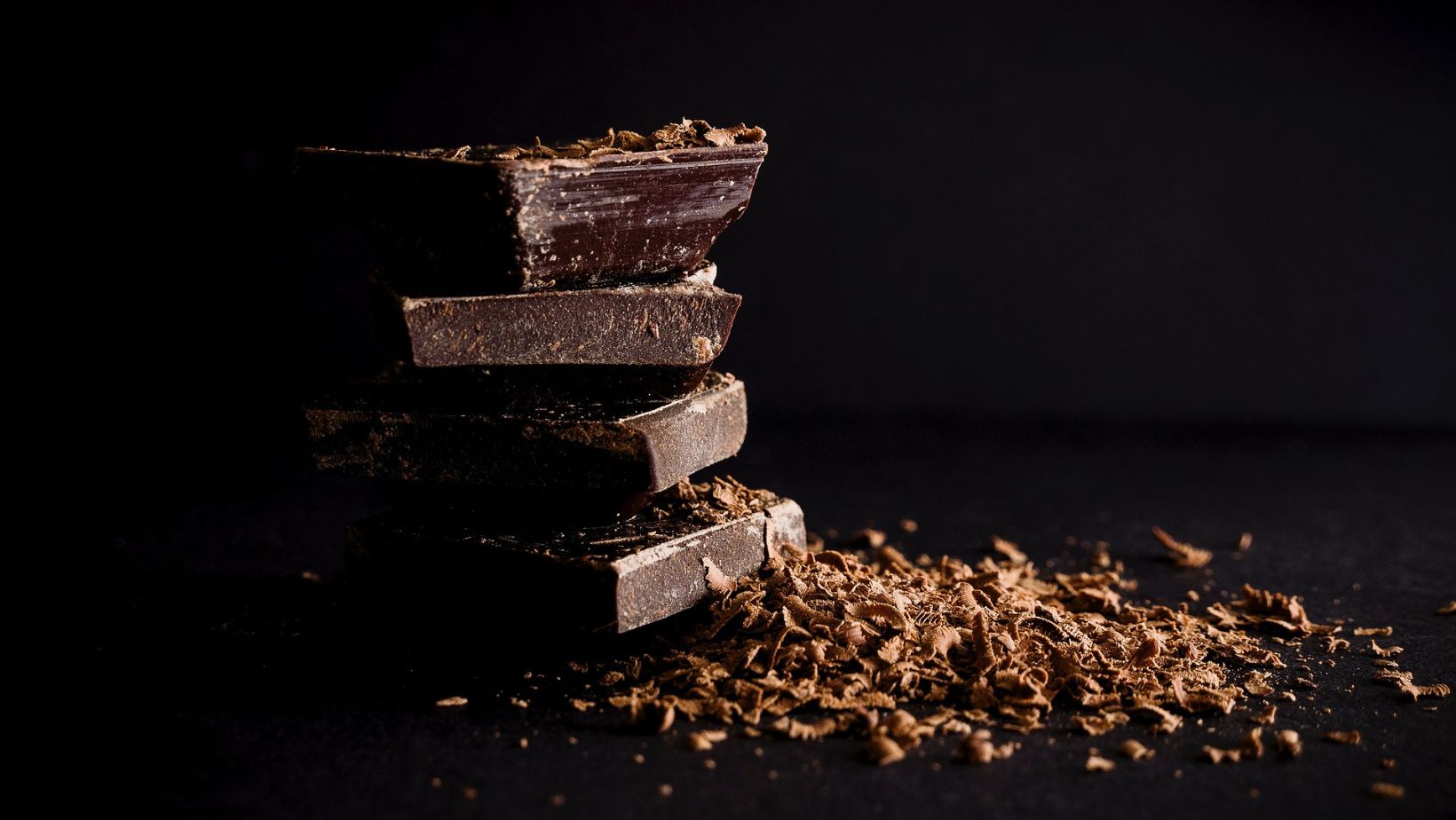

· By Shaz Shah
Understanding Cocoa Content: The Cocoa Conundrum
Chocolate is a beloved indulgence enjoyed by millions around the world, but not all chocolate is created equal. One of the most significant factors that define a chocolate's flavour and texture is its cocoa content. Often highlighted on premium chocolate packaging, cocoa content—or cocoa percentage—plays a crucial role in the overall chocolate experience. Understanding this key component can enhance your appreciation and selection of chocolate, whether you prefer the rich intensity of dark chocolate or the creamy sweetness of milk chocolate.
What is Cocoa Content?
Cocoa content refers to the total percentage of cocoa solids and cocoa butter present in a chocolate product. This percentage is an indicator of the chocolate's purity and quality. The higher the cocoa content, the more intense the chocolate flavour. Conversely, chocolates with lower cocoa content tend to be sweeter and creamier.

Milk chocolate is one of the most popular types of chocolate. Its creamy melt-in-the-mouth texture is enjoyed by people of all ages
Why Cocoa Content Matters
-
Flavour Profile: The cocoa percentage directly influences the flavour profile of the chocolate. Higher cocoa content chocolates, such as dark chocolate, have a more robust and complex flavour. These chocolates often have notes of fruit, nuts, or even coffee, providing a richer taste experience. Lower cocoa content chocolates, like milk chocolate, are sweeter and less intense, often featuring additional ingredients like milk solids and sugar that contribute to a smoother and creamier taste.
-
Texture: Cocoa content also affects the texture of the chocolate. High cocoa content chocolates tend to have a firmer texture and a pronounced snap when broken. This is due to the higher concentration of cocoa solids. Milk chocolates, with their lower cocoa content, have a softer and creamier texture, making them melt more readily in your mouth.
-
Nutritional Value: The nutritional composition of chocolate varies with its cocoa content. Dark chocolate with high cocoa percentages contains more antioxidants, fibre, and essential minerals such as iron, magnesium, and zinc. It also has less sugar compared to milk chocolate, making it a healthier option when consumed in moderation.

Understanding the Percentages
Different types of chocolate are defined by their cocoa content:
-
Dark Chocolate: To be classified as dark chocolate, the cocoa content must be at least 50%. Premium dark chocolates often have cocoa percentages ranging from 60% to 85% or even higher. These high percentages result in a more intense and less sweet flavour, which is favoured by chocolate connoisseurs who appreciate the depth and complexity of the cocoa bean.
-
Milk Chocolate: Milk chocolate typically contains between 30% and 50% cocoa content. The remaining percentage is made up of milk solids, sugar, and other ingredients that create its characteristic creamy and sweet flavour. The balance between cocoa and milk solids gives milk chocolate its softer texture and lighter taste, making it a popular choice for those who prefer a sweeter, milder chocolate experience.
-
White Chocolate: While technically not considered "true" chocolate by some purists because it contains no cocoa solids, white chocolate must contain at least 20% cocoa butter to be classified as such. The remaining ingredients typically include milk solids and sugar. The absence of cocoa solids gives white chocolate its pale colour and buttery, sweet flavour.
The Role of Cocoa Butter
Cocoa butter is a crucial component of chocolate, contributing to its texture and mouthfeel. High-quality chocolate contains a significant amount of cocoa butter, which provides a smooth and creamy texture. The minimum cocoa butter content for white chocolate, as mentioned, is 20%. In dark and milk chocolates, the presence of cocoa butter enhances the melting properties and creates a luxurious texture that is highly prized in premium chocolates.

While it may not contain cocoa solids, the cocoa butter in white chocolate creates a smooth and buttery texture
Choosing the Right Chocolate
When selecting chocolate, it's essential to consider the cocoa content to match your taste preferences and intended use:
-
For Baking and Cooking: High cocoa content chocolates are ideal for baking and cooking due to their intense flavour. They can add depth and richness to desserts and savoury dishes alike.
-
For Snacking: If you enjoy savouring chocolate as a snack, choose according to your flavour preference. Dark chocolate with higher cocoa percentages is perfect for those who love a robust, bittersweet taste, while milk chocolate is great for a sweeter treat.
-
For Health Benefits: Opt for dark chocolate with at least 70% cocoa content to maximize health benefits. Its high antioxidant content and lower sugar levels make it a better choice for those looking to indulge mindfully.
The Importance of Cocoa Content
Understanding cocoa content is key to appreciating and selecting premium chocolate. Whether you prefer the rich, intense flavours of high cocoa percentage dark chocolate or the creamy sweetness of milk chocolate, knowing the significance of cocoa content can enhance your chocolate experience.
At Harry Specters, we craft our chocolates using only the best ethically sourced Belgian chocolate, ensuring every bite delivers unparalleled indulgence. By choosing our premium chocolates, you support a tradition of quality and enjoy a superior chocolate experience.
